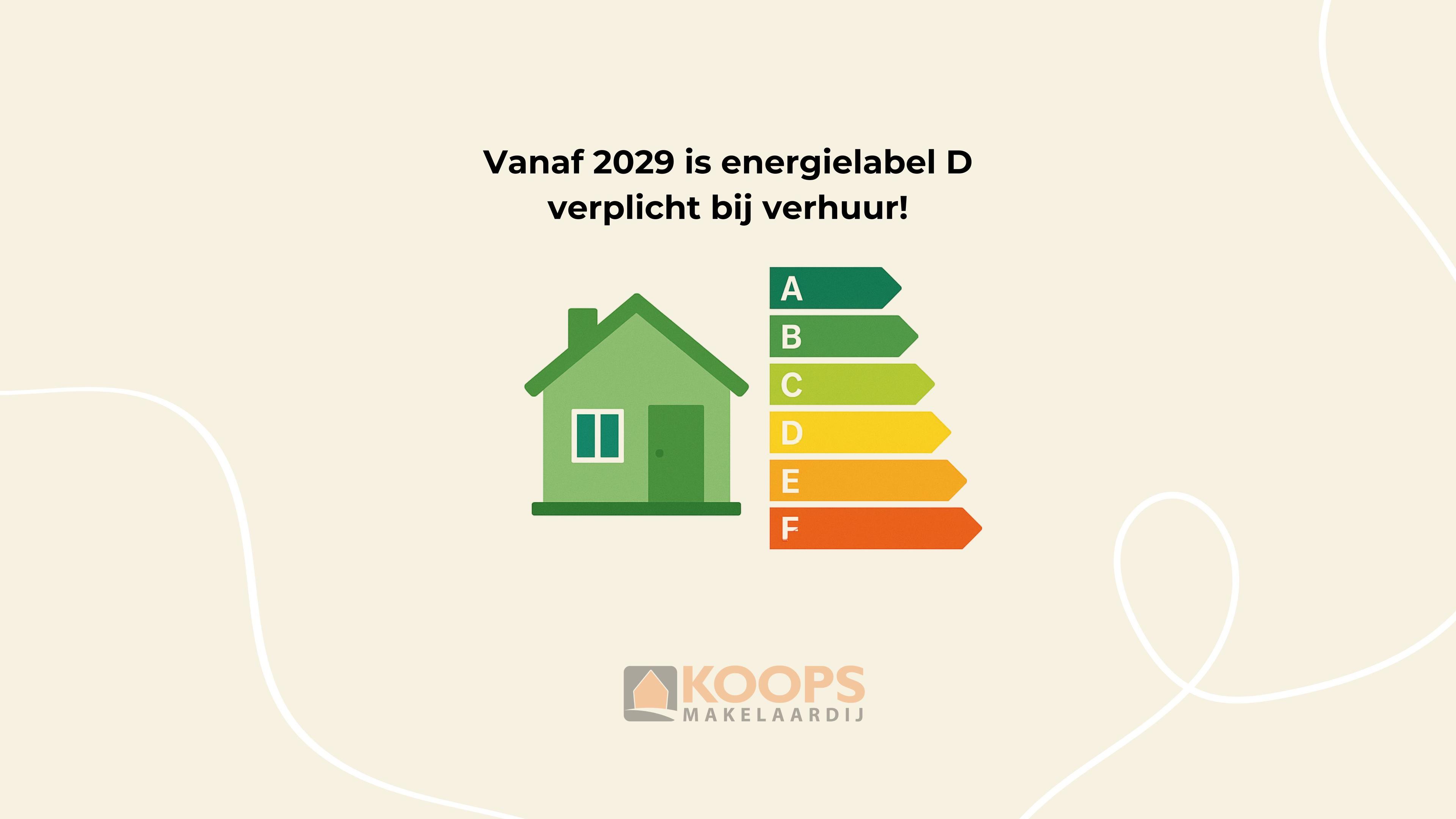In the Netherlands, conflicts regularly arise over the exact location of property boundaries. Especially in older neighbourhoods or rural areas, it is not always clear where the cadastral boundary lies. Sometimes a fence, hedge or shed has been standing on the “wrong” land for years. But who can then claim that piece of land? And what if that land has been in use for years? In that case, the legal concept of prescription plays an important role.
What is prescription?
Prescription means that, after a certain period of time, someone can become the owner of a piece of land that actually belongs to someone else. There are two forms:
- Acquisitive prescription (after 10 years): if someone believes in good faith that they are the owner (for example, after a purchase with incorrect boundaries).
- Extinctive prescription (after 20 years): if someone has continuously and visibly possessed a piece of land without being entitled to it – even if they knew that it did not officially belong to them.
After those 20 years, the original owner can in principle no longer claim their rights.
Does the statute of limitations always apply?
Although the law is quite clear about the 20-year period, in practice it appears that invoking the statute of limitations does not always automatically apply. The court strictly assesses whether there was “possession” in the legal sense, which is more than just use. The user must “appropriate” the piece of land as if he were the owner. This includes putting up a fence, mowing the grass or cultivating the piece of land.
Role of the Land Registry
In practice, the Land Registry is often called in when there is doubt about the property boundary. The Land Registry registers the cadastral boundaries, but these are not legal boundaries: they are merely an indication. Only a court ruling or mutual agreement can definitively change those boundaries.
The Land Registry can, however, carry out a boundary reconstruction. This involves measuring the boundary on the basis of the original cadastral data. Such a reconstruction can serve as evidence in a dispute, but does not in itself determine who has the right to the land.
Common scenarios
The following situations most often lead to disputes:
1. Fences in the “wrong” place
After years, two neighbours discover that the fence is not on the cadastral boundary. One of them wants to correct this, while the other invokes the statute of limitations.
2. Old sheds or extensions
An extension or shed turns out to be partly on someone else's land. When the house is sold, this comes to light through a cadastral survey.
3. Neglected plots
Someone has been using a piece of land belonging to a neighbour who no longer maintains the plot for years. The user invokes adverse possession.
4. Unclear property boundaries in new construction or renovation
During construction work, the property boundaries are reconsidered, which leads to surprises.
Conclusion
Adverse possession can result in someone legally becoming the owner of land that did not originally belong to them. However, this is not an automatic outcome. Proof of long-term, visible possession is crucial. In such situations, the Land Registry is often called in to provide clarity, or the matter is taken to court. Anyone who has doubts about the property boundary would therefore be well advised to obtain information at an early stage, before the fence is crooked or the trust between neighbours is shaken.
If in doubt, have a cadastral boundary reconstruction carried out and always record agreements with neighbours in writing. Prevention is better than litigation.



